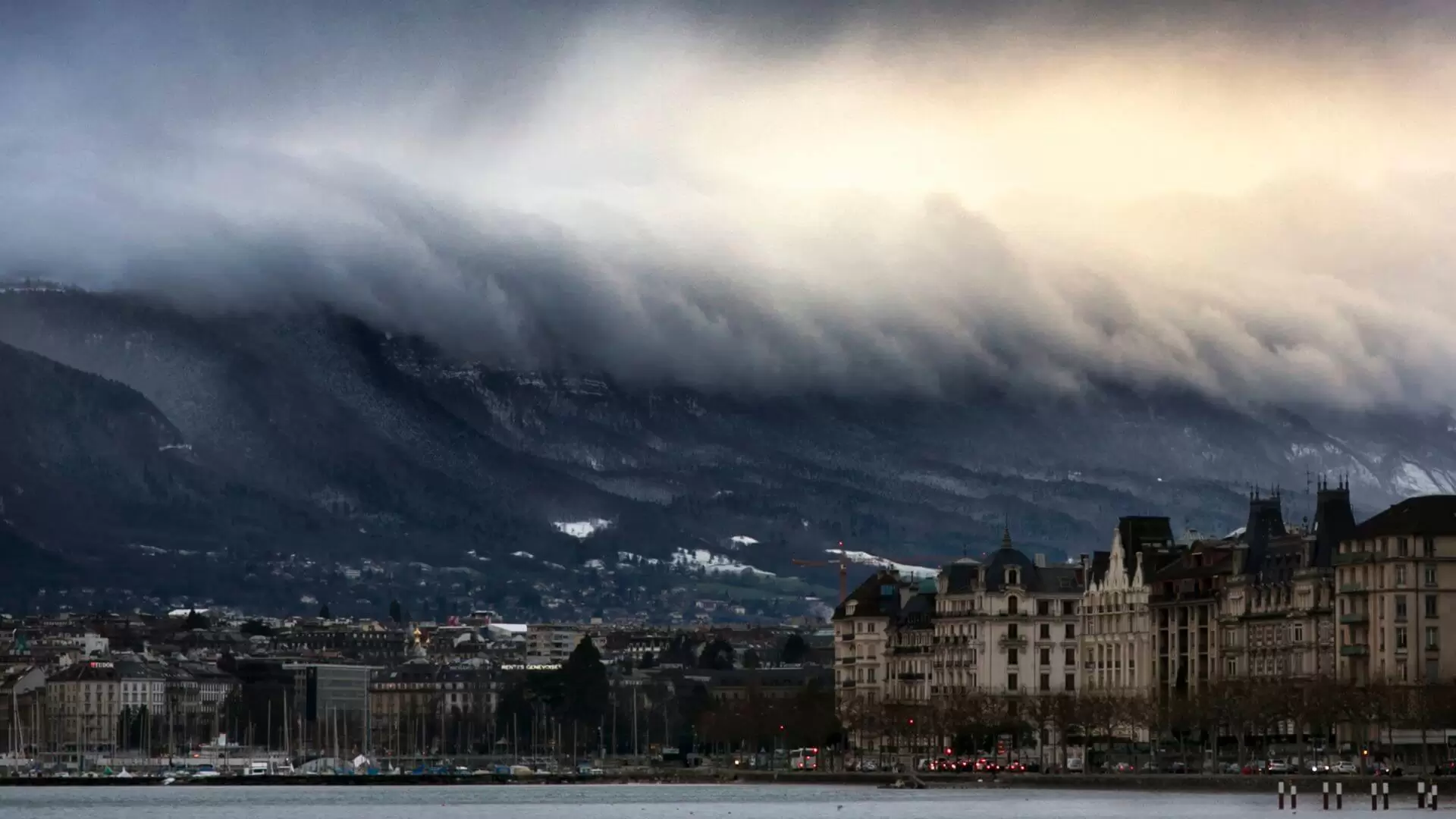In some places like Spain, there is a false sense of security. But it is a misleading perception: the largest known earthquake in European history occurred in the Gulf of Cadiz on All Saints’ Day in 1755
In the early afternoon of March 11, 2011, a massive 9.0 magnitude earthquake, the fourth largest recorded in history, strongly shook the east coast of Japan, mainly on the island of Honshu. Despite the formidable intensity of the shock, which lasted for six minutes and released energy of 500 megatons, the immediate damage was moderate thanks to the country’s exemplary seismic prevention plan.
But that was only the prelude to the real disaster. About 30 minutes later, the sea level began to rise in the port of Miyako, a city of about 50,000 inhabitants located 200 kilometers north of the epicenter. The images are hypnotic. At first, nothing seems particularly serious.
The ascent, first imperceptible and then slow, continues for several minutes, dragging an increasing number of boats that hit the protective walls of the port, 10 meters high.
On the other side of the wall, there are people walking who seem confident and calm. But the water level continues to rise until it clearly exceeds the walls and hypnosis gives way to stupor: a mass of dark water rushes towards the port and advances inland, sweeping the city and dragging boats, vehicles, buildings, and everything that finds its way up to about 5 km from the coast. The devastation is absolute.
Consequences in Japan
At the Fukushima Daiichi nuclear power plant, some 350 kilometers to the south, the tsunami also breached the protective walls, severely damaging four reactors and causing the biggest nuclear catastrophe since Chernobyl.
Official figures indicate that it caused close to 20,000 deaths and, five years after the earthquake, there were still more than 220,000 displaced people. The economic losses amounted to 20,000 million euros, reducing the country’s gross domestic product by half a percentage point.
The impact, though enormous, pales in comparison to that of the Indian Ocean tsunami caused by the 2004 Indonesian earthquake of similar magnitude. In that case, the tsunami swept through a total of 14 riparian countries in the hours following the quake, causing more than 200,000 casualties and unprecedented destruction.
Impacts of tsunamis worldwide
Tsunamis, especially those originating in convergence (or subduction) zones between tectonic plates, such as those in Japan and Indonesia, are one of the deadliest and most destructive natural phenomena.
Worldwide, the losses associated with the impact of tsunamis are colossal: according to the United Nations Office for Disaster Risk Reduction, between 1998 and 2017 more than 250,000 people died and economic losses exceeded 240,000 million euros.
It is noteworthy that, during this time, about 10% of the economic losses caused by disasters were due to tsunamis. On average, each tsunami that has occurred in the last 100 years has caused nearly 5,000 victims, far exceeding any other natural disaster.
Currently, more than 700 million people live in coastal areas and small islands, exposed to extreme events related to sea-level rise, floods, and tsunamis. This number is increasing rapidly and it is estimated that it could approach 50% of the world’s population by 2030. Fortunately, large tsunamis such as those mentioned are not frequent, and not all coastal areas are at the same risk of suffering one; This depends on the geological context in which they are found.
Could a tsunami occur in Spain?
In some places like Spain, however, a false sense of security reigns. The lack of recent experiences, in a society where immediacy establishes the order of relevance of the facts, means that this type of risk is considered minor. But it is a misleading perception: the largest known earthquake in European history occurred in the Gulf of Cadiz on All Saints’ Day in 1755.
The so-called Lisbon earthquake caused a tsunami that violently hit the southwestern coasts of the Iberian Peninsula and North Africa, causing significant damage in various parts of the Caribbean, North America, and South America. It is estimated that it caused between 20,000 and 50,000 deaths, and incited a wide and deep debate both scientifically and politically, and philosophically.
Although it is unlikely given the long recurrence period between large earthquakes in the convergence zone between the Eurasian and African plates, it is not ruled out that a similar phenomenon may occur soon. Likewise, it is feasible that smaller tsunamis, originating in the tectonic faults of the North African margin, will impact the Mediterranean coast in the coming decades.
Surveillance and alert systems
The magnitude of earthquakes and their location are often good indicators of their potential to generate destructive tsunamis. Based on experience, it is considered that earthquakes of magnitude greater than 7.5 with an epicenter in the sea are likely to generate a tsunami, while the probability decreases rapidly for those of lower magnitude. The immediate availability of this type of information in the event of earthquakes and its incorporation into surveillance and early warning systems are key for decision-making and associated risk mitigation.
Another important element in the design of efficient warning systems is the knowledge and adequate characterization of the geological structures that cause earthquakes, that is the tectonic faults.
In fact, a conceptual model proposed by researchers at the Institut de Ciències del Mar (ICM-CSIC) shows that a key parameter to determine the tsunamigenic potential of an earthquake is the stiffness of the rocks surrounding the tectonic fault, that is, its propensity to deform when a stress is applied.
For a given magnitude, the deformation of the seabed, and thus the potential to generate a tsunami, increases as stiffness decreases. Thus, earthquakes of moderate magnitude can generate tsunamis if the rupture reaches shallow depths, where there are rocks of low stiffness.
A recent study shows that this is indeed the case for various earthquakes that, despite being of moderate magnitude, have caused destructive tsunamis. An example is the 1992 Nicaragua earthquake, which caused a tsunami of about 10 m that swept the country’s coast, taking the lives of 170 people and leaving more than 13,500 homeless. In this case, the low stiffness of the rocks in the rupture zone makes it possible to reproduce not only the deformation of the seafloor that generated the tsunami but also the long duration of the phenomenon and the moderate intensity of the associated seismic movement.
As a whole, these works reveal the vital importance of identifying and characterizing through detailed geophysical studies the geometry and elastic properties of geological structures that are likely to generate submarine earthquakes and incorporating the information into numerical simulations.
These results open the door to combining the aforementioned characteristics, such as the intensity of the vibrations and their duration, to improve tsunami warning systems on a global scale, including the area of the Gulf of Cadiz and the western Mediterranean, where there is a historical record of devastating earthquakes and tsunamis.


